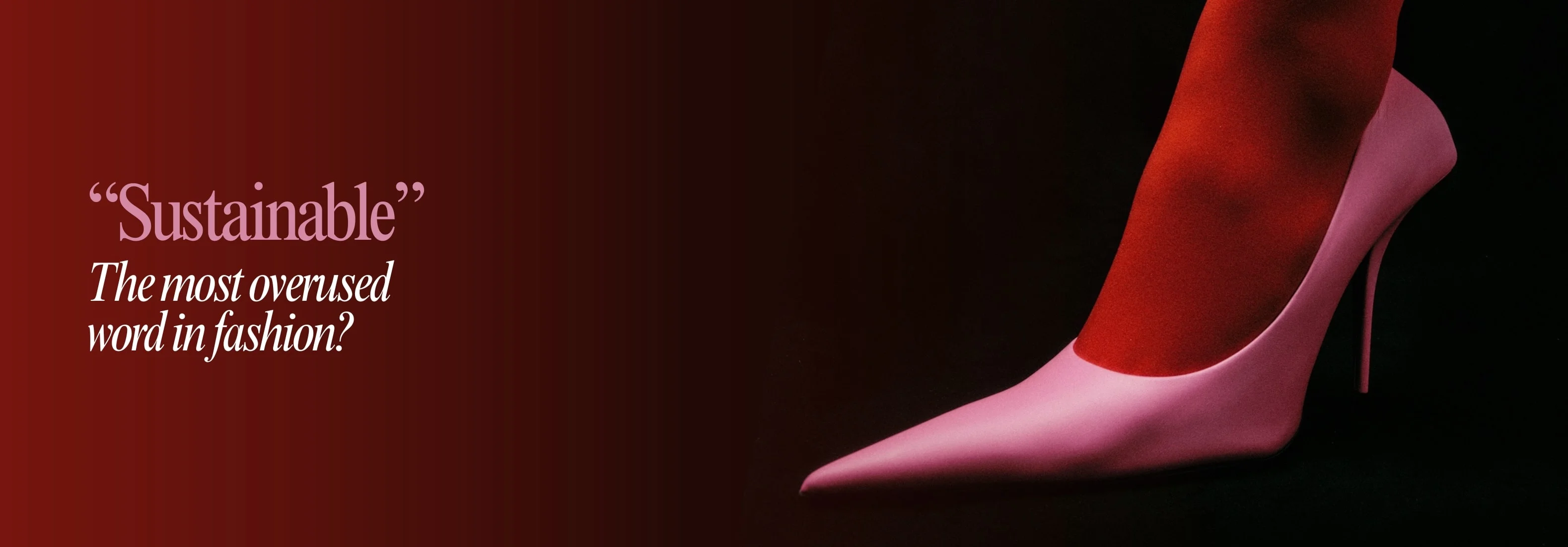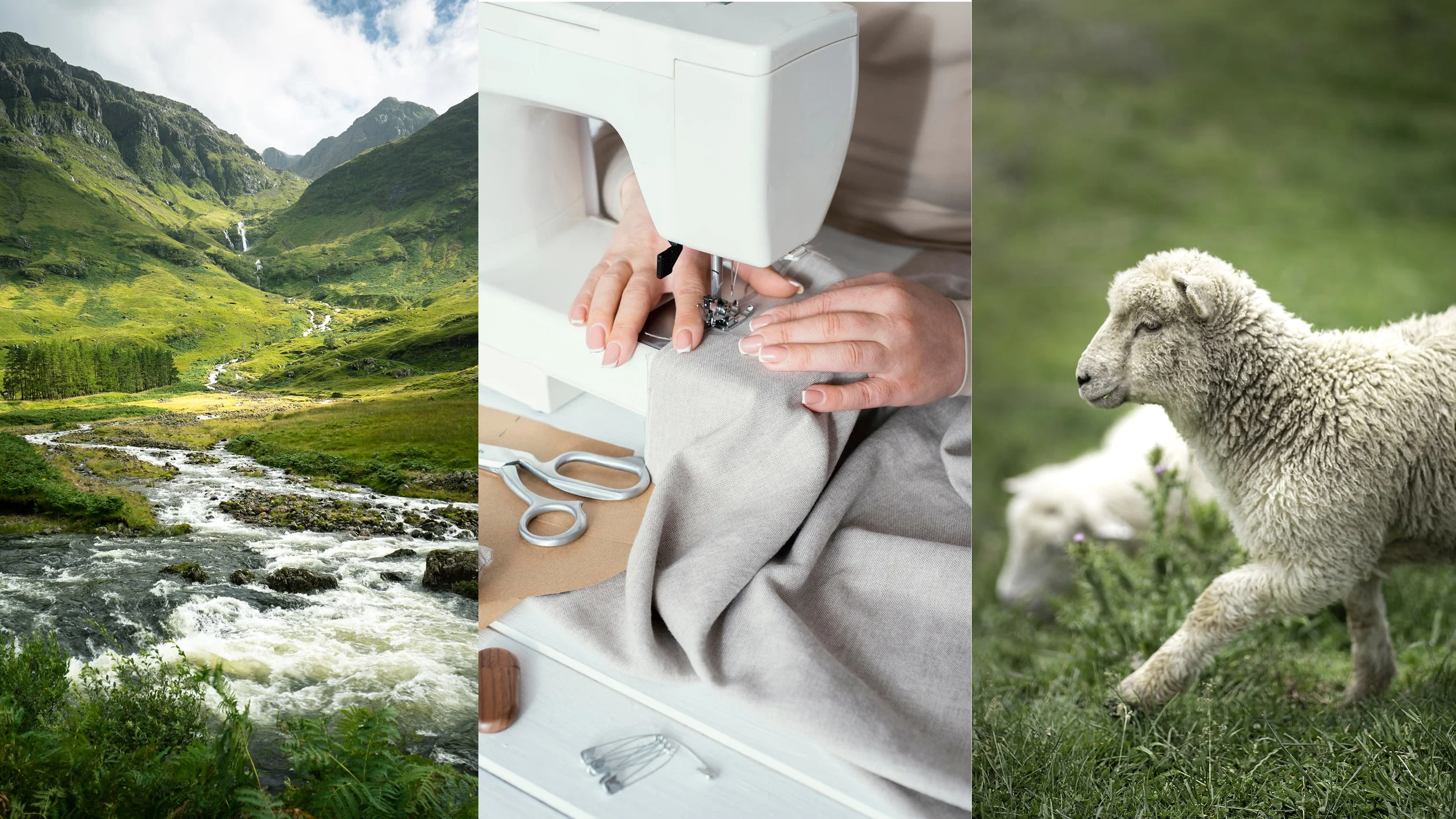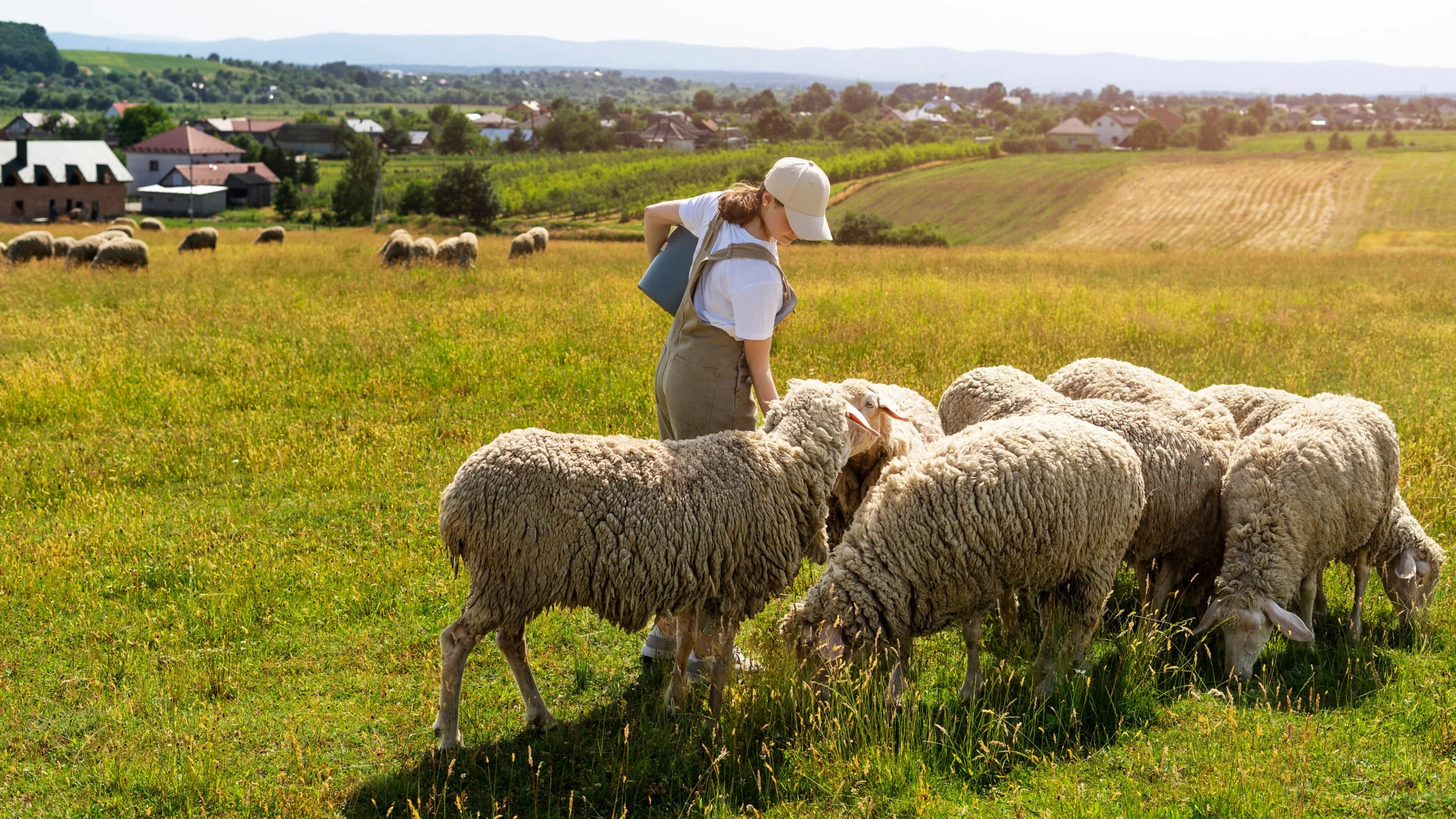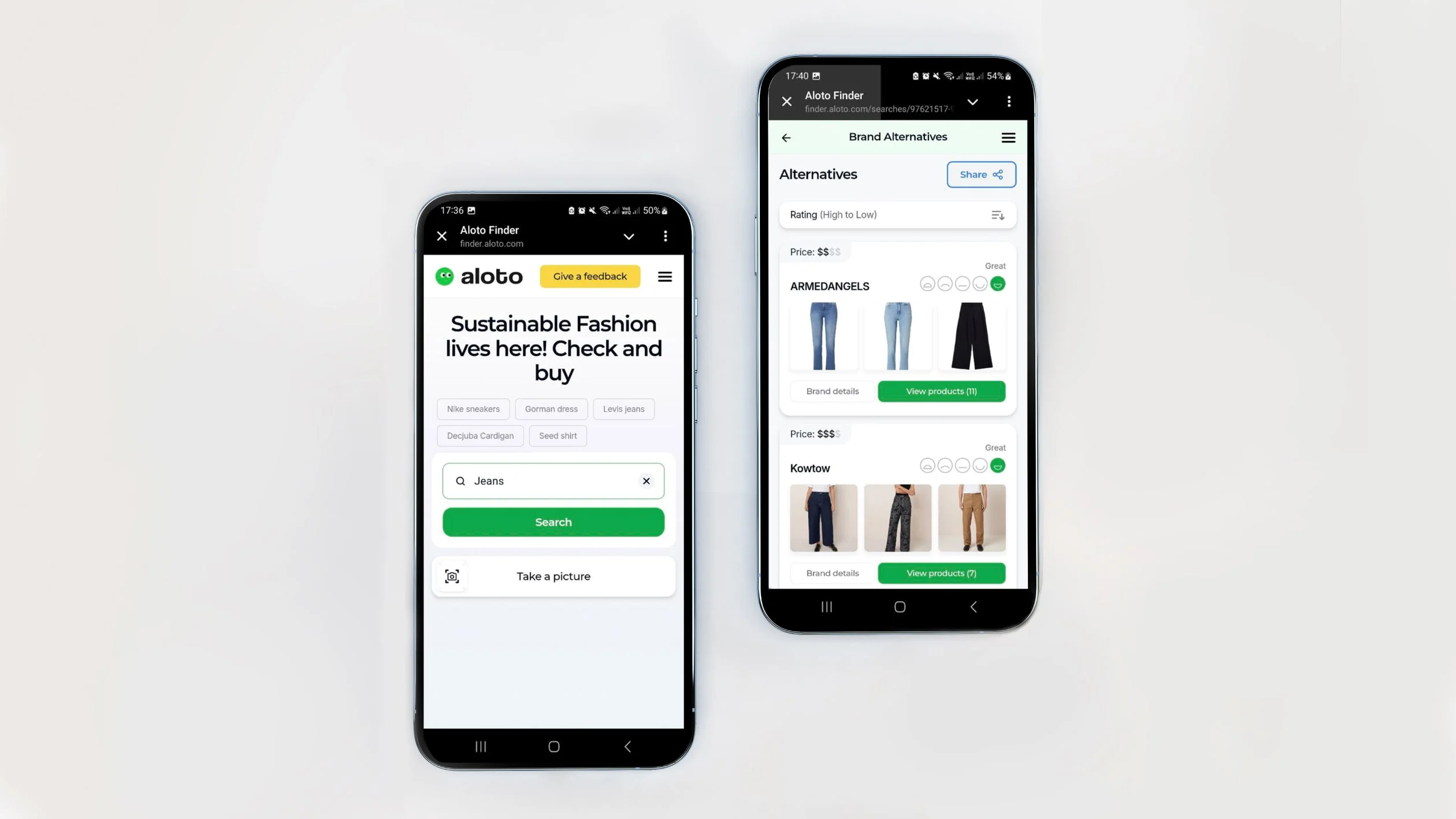

The trouble is, "sustainable" gets slapped on everything these days, and frankly, the word is becoming meaningless. Look, this isn't about feeling guilty over that fast fashion bargain you nabbed last season or expecting you to become some perfect eco-warrior overnight. Not at all. It's about cutting through the marketing noise so you can spot the difference between fashion brands that actually walk the talk and those just talking a good game.
We've all seen the headlines by now — the fashion industry's environmental mess, dodgy labour conditions that verge on labor exploitation, and textile waste piling up. These issues are exactly why is sustainable fashion important. We get it, it's unpleasant to discover uncomfortable facts about your favourite brands, and it raises the obvious question: what on earth should we wear then?

Okay, deep breath. It’s not all doom and gloom, and nobody’s asking you to give up shopping. Far from it. This is just about getting a bit smarter at telling the good guys from the fakers. And no, it won’t turn you into a hardcore eco-warrior or suck the joy out of finding a great new piece. It's just about having the right info to make sustainable fashion choices you feel genuinely good about.
The cool part? When enough of us support sustainable fashion and start backing the brands doing the right thing, the entire clothing industry has to take notice. Money talks, and knowing what’s what means your wallet suddenly gets a whole lot louder.
So, what is sustainable fashion, and what does sustainable fashion mean in practice? If you feel like you don't have a clear, simple answer, you're not alone. Don't worry, we're not going to lecture you. In simple terms, sustainable fashion refers to a whole sustainable approach to making fashion. It's a business model that goes beyond fleeting fashion trends and asks how our clothing gets made and what happens to it at the end of its life cycle.
Instead of the fast fashion model’s usual "design it, make it, sell it, bin it" cycle, this approach asks bigger questions about every step of the production process. The fast fashion business model is all about speed and rock-bottom prices, which usually means cutting corners somewhere — worker conditions, the impact on the environment, quality. Sustainable fashion takes a different, more responsible approach.
Different brands take different approaches to sustainable fashion. You'll hear terms like slow fashion, which focuses on timeless clothing items built to last, ethical fashion, which makes sure garment workers are treated fairly, and eco fashion or green fashion, which both aim to be as environmentally friendly as possible. What ties them all together is fashion transparency about their responsible practices instead of just picking the easy stuff to brag about.
You can't just fix one thing and call it sustainable. A brand using organic cotton isn't automatically the good guy if their workers get paid peanuts. A company treating employees well isn't sustainable if their production methods are environmental disasters. Real sustainability means tackling multiple problems at once — which is exactly why it helps to think about three main areas.
Understanding what is sustainable fashion gets way clearer when you break it down into three main areas — environmental impact, fair treatment of people, and animal welfare. These are the non-negotiables. All three need to work together, not just one or two.

This bit's about not trashing the planet while you buy clothes. Here are the key bits for any eco conscious fashion brand:
This pillar is about making sure the people creating your sustainable clothing actually get treated decently. We're talking proper fair labor practices, safe workplaces, reasonable hours, and fair wages — basic stuff that unfortunately isn't always basic in the clothing industry supply chain.
Garment workers, especially in developing countries, often face grim conditions that amount to labor exploitation. This is the dark side of the fast fashion model. Brands committed to sustainable practices and pushed by movements like the Fashion Revolution, prioritize ethical practices and actually know what's happening in their factories. They build relationships with suppliers based on fair trade practices, not just whoever can make things cheapest.
But it goes beyond factory workers. Responsible practices should benefit everyone involved — from cotton farmers to designers and retail staff. It's also about whether a brand's presence actually helps local communities, or just extracts value and leaves.
Right, so how do animals even get dragged into the fashion industry? And is skipping fur enough to call it a day? The reality of ethical fashion goes a bit deeper. It's about the ethical treatment of animals across the entire supply chain — from the wool in your jumper to the down in your jacket, and making dead sure a brand isn't testing its products on animals. We often forget just how many animal-derived materials are in our clothes. But it’s not just about the obvious stuff like leather and fur. Think about the wool in your jumper (and grim practices like mulesing, a massive issue right here in Aus), the down in your puffer jacket, the silk in a blouse… even ingredients in beauty products. A brand that’s genuinely on the level takes a hard line on this. They either go completely animal-free, or they can prove — with legit certifications, not just marketing fluff — that the materials they use come from places that treat their animals properly.

Greenwashing is when brands use all the right sustainability words but don't actually do much behind the scenes. It's everywhere in the fashion sector because sustainability sells, but genuine change takes more effort.
Watch out for vague, fluffy language. "Eco-friendly," "conscious," "natural" — lovely words, but what do they actually mean? Brands that are serious about sustainable practices give you specifics. They tell you exactly what materials they use, how things get made, where their factories are.
Be suspicious when a brand makes a big song and dance about one tiny "sustainable" collection while continuing to pump out fast fashion everywhere else. That's classic greenwashing territory.

Look for third-party certifications and real fashion transparency. Genuinely sustainable fashion brands aren't shy about showing you their report card — they get certified by independent organisations to prove they’re not just making stuff up. They'll be open about their entire supply chain. But here's the pro tip: what a brand doesn't talk about is often just as telling. Are they shouting from the rooftops about their organic cotton but are dead silent on who's actually stitching their garments and what the fair labor practices are? Or bragging about recycled packaging while conveniently ignoring the insane volume of clothes they produce? That’s a massive red flag that they're only showing you the pretty highlights while hiding the messy stuff out the back.
But let's be real, can one person's shopping habits actually make a dent in the massive fashion industry? It feels like a bit of a stretch, doesn't it? Well, here’s the thing: it adds up, big time. This is a huge part of why is sustainable fashion important — because your choices, combined with everyone else's, create real change. The shift often begins when we get a handle on our own shopping psychology and understand how to stop impulse buying. Every time you consciously choose brands that are upfront about their sustainable practices — across environmental impact, fair treatment of people, and animal welfare — you're casting a vote with your wallet. The industry pays very close attention to where the money goes. When they see us shifting our spending, the message gets through loud and clear. But honestly, who has the time to become a full-on investigator for every T-shirt purchase? It’s overwhelming, and frankly, sounds exhausting.

This is exactly why tools like Aloto exist. That’s where you can get a bit smarter, not busier. Instead of spending hours buried in research, you can rely on experts who’ve already done the heavy lifting. This is exactly why a tool like Aloto is a lifesaver. We use trusted Good On You ratings that dig into all three sustainability pillars, giving you the real story without the fluff. So, whether you're on a mission for something specific or just browsing, you’re sorted. The tech does the heavy lifting so you can get back to the fun part: finding clothes you’ll actually love from brands that aren’t taking you for a ride with their greenwashing.
At the end of the day, understanding what does sustainable fashion mean isn't about being perfect or feeling guilty. It’s a mindset shift. You go from being a target for slogans to someone who knows what to look for. Those three pillars — planet, people, animals — that's your new BS detector. It's not about being perfect, it’s about making one better choice at a time. Every time you support a brand with real credentials, you're sending a message that actually helps change the game.
Ready to put this knowledge into practice? Discover sustainable fashion with Aloto →
Choosing well shouldn't feel like a research assignment. Once you know the basics, picking clothes that match your values can be as straightforward as checking a price tag. Your choices have way more power than you think.